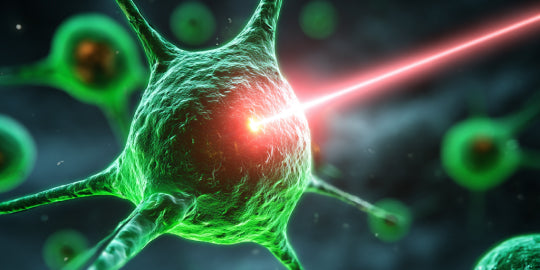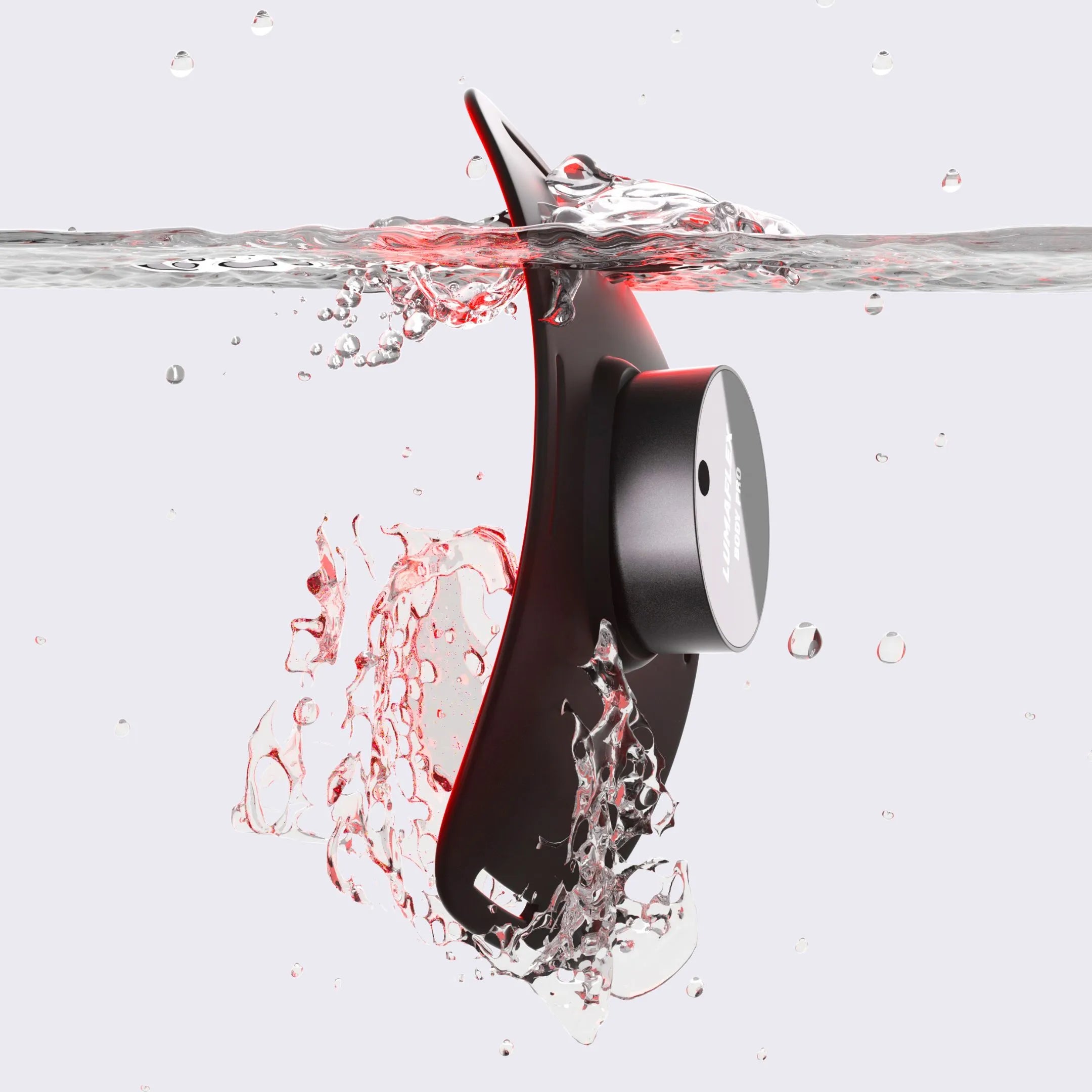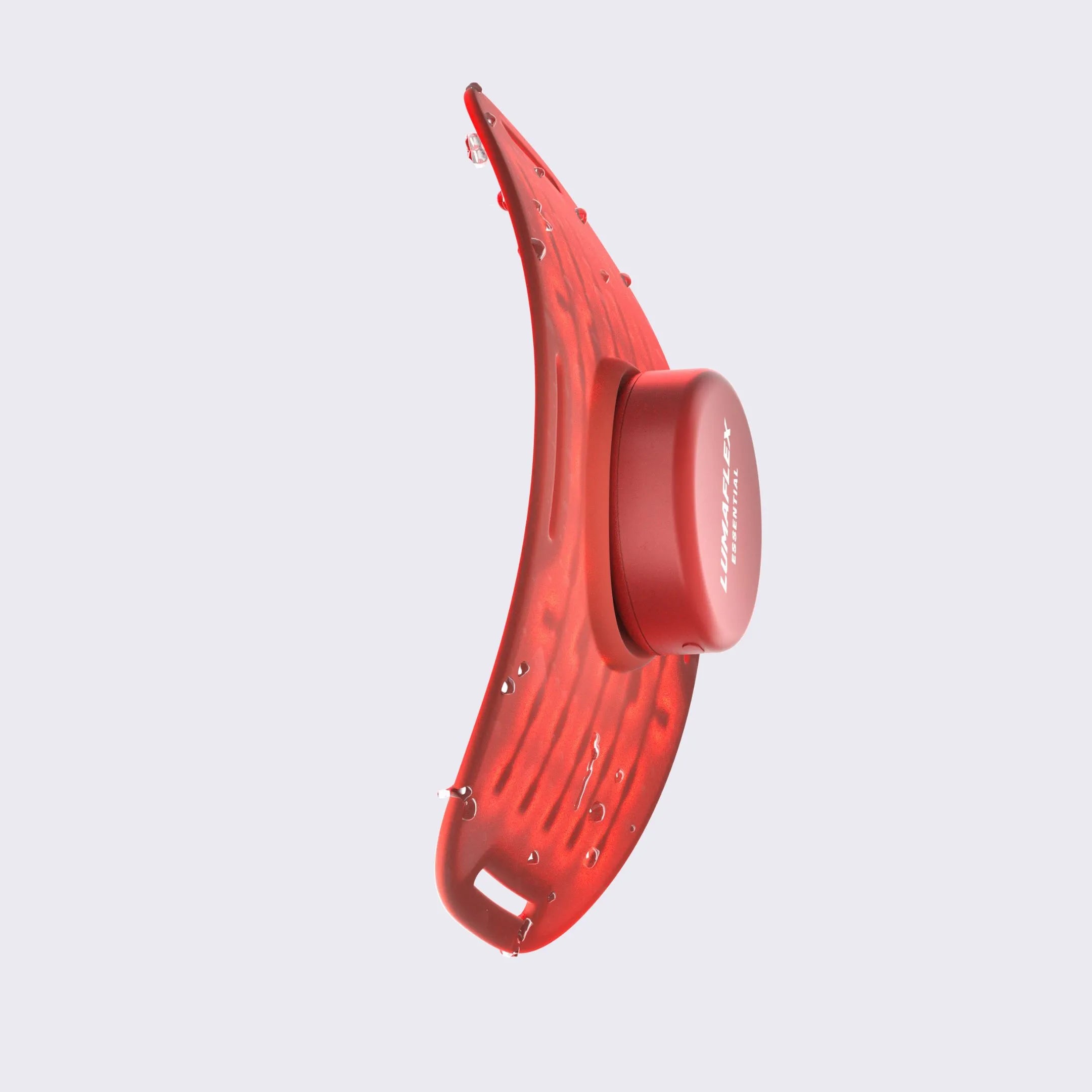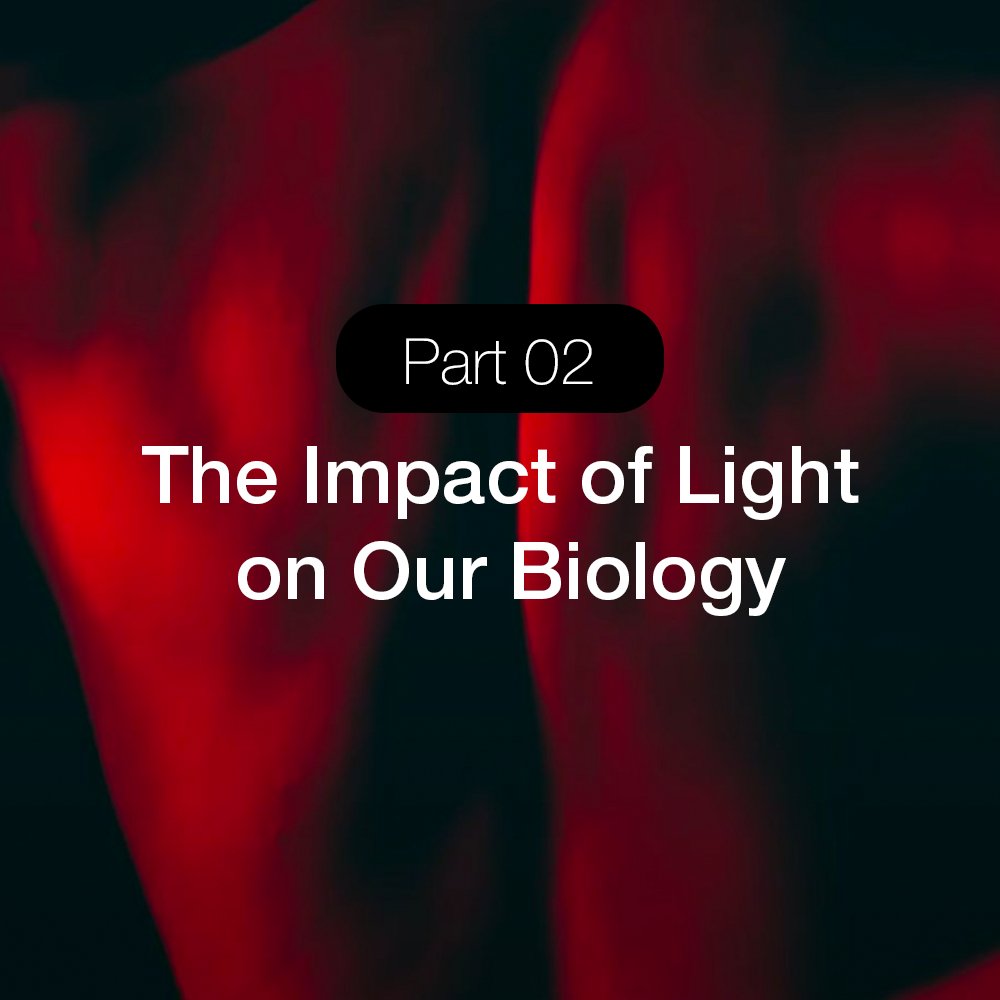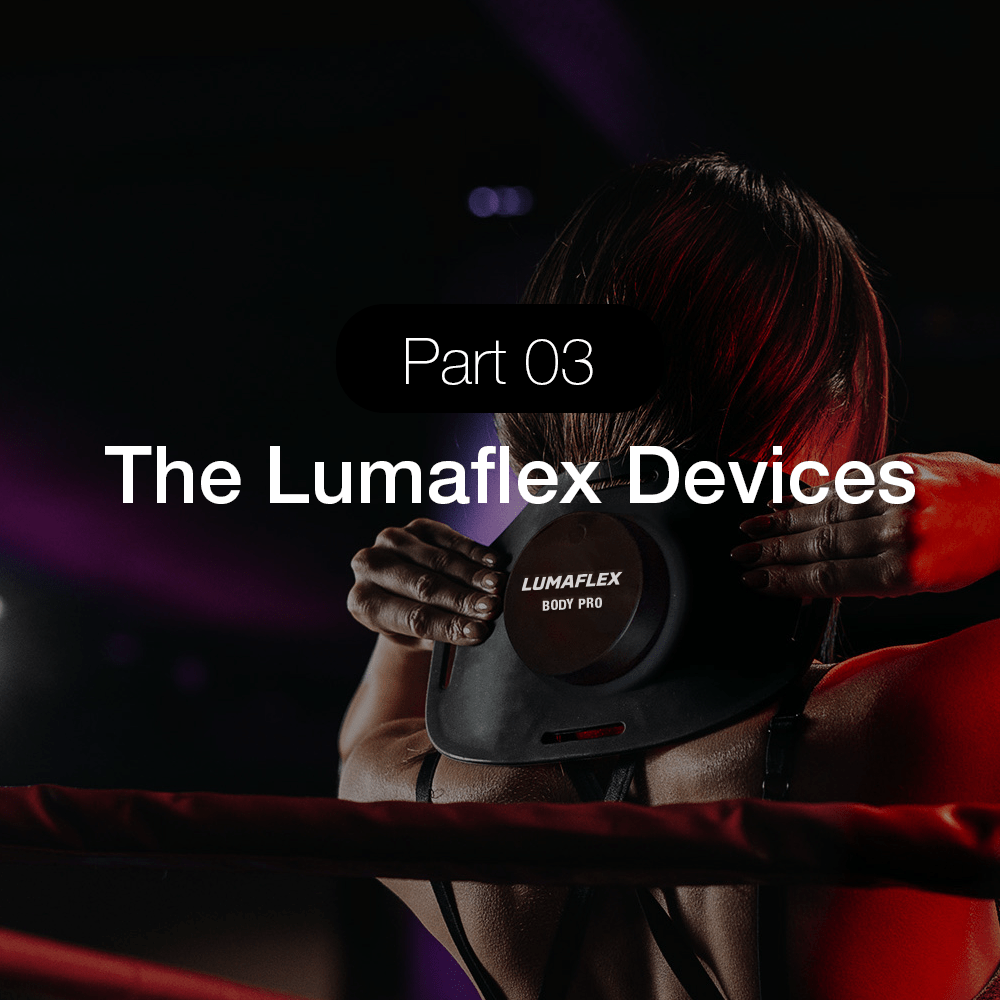633 nm Effect of low-energy laser power on the bone marrow of the rat
Study Overview
- Description: This study investigated the effect of low-power laser light on the hematopoietic system and basic hematological parameters of rats.
- Source: PubMed
Summary
- Light Sources Used:
- A Helium-Neon (HeNe) continuous emission laser (632.8 nm; max. power 5 mW).
- A Gallium Arsenide (GaAs) semiconductor pulse laser (904 nm; power 80 mW; pulse duration 200 ns).
- Intervention: Intact skin over a section of the femur in the hind legs of rats was exposed.
- Methods: Peripheral blood analysis was carried out before and after the experiments, and bone marrow was examined.
- Conclusion:
- The GaAs laser light induced a decrease in bone marrow mastocytes and peripheral blood basophils, with an increase in the number of eosinophils.
- An increase in mitotic activity in the bone marrow was observed in the exposed groups of animals.
- No significant changes were noted in Hb, Ht, erythrocyte, or reticulocyte levels in the peripheral blood, nor was there an increase in megakaryocyte emperipolesis.

